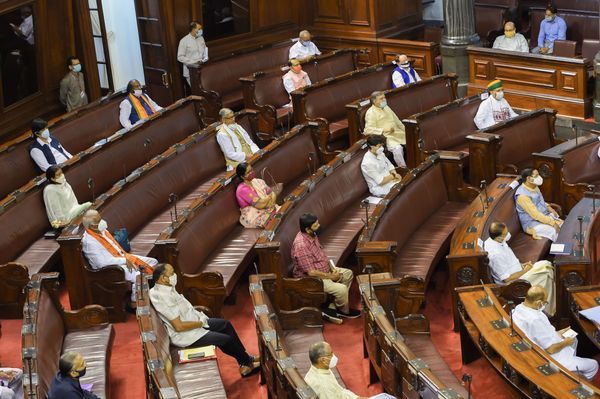India’s reservation policy is age-old and its origin is linked to the previous times when untouchability, caste system and Varna system were dominantly practiced in the society. The reservation policy is a process of reserving a certain percentage of seats for a certain class, mainly economically weaker and backward sections such as Scheduled Castes, Scheduled Tribes, and Other Backward classes in political institutions, government educational institutions, and jobs.
Also Read | Uttar Pradesh panchayat election reservation list to be released today: All you need to know
The reservation is divided into different classes, mainly Scheduled Castes (SC), Scheduled Tribes (ST), Other Backward Classes (OBC) and other reserved classes. The percentage of reservation for political seats, government educational institutions and jobs vary from state-to-state.
Constituencies are reserved in both Parliamentary and State Assembly elections. General candidates can not participate in elections from such constituencies. In case of municipal and other local elections, the constituencies which are also known as wards are reserved as well, in which the seats are reserved for Scheduled Castes and Tribes on the basis of the size of their population.
Also Read | Uttar Pradesh panchayat election 2021: All about rotational reservation
The idea of giving reservations to a certain class of people came as they suffered from prevalent atrocities. Providing all those classes with equal opportunities for their social upliftment, equal status in society, bringing them at par with the well-doing sections of the society, and the development of the lower strata as a whole were the main reasons behind the adoption of reservation policy in India.
Most Indian states have reserved around 50-60% seats for the lower strata of the society, with a few states which have more than 70% reservation, namely Chhattisgarh which has reserved 82% and Maharashtra, which has reserved 75% seats for government educational institutions and jobs.






